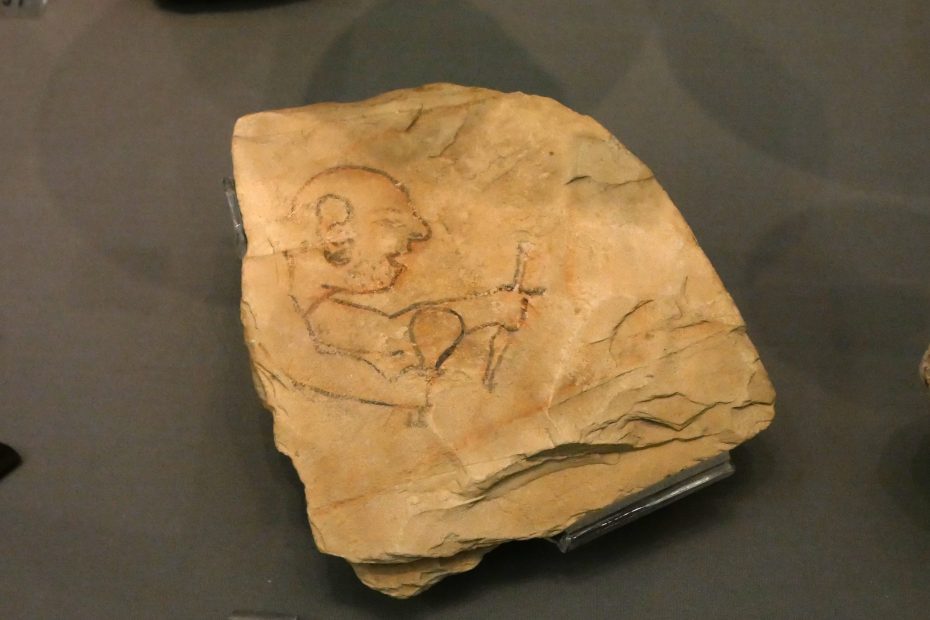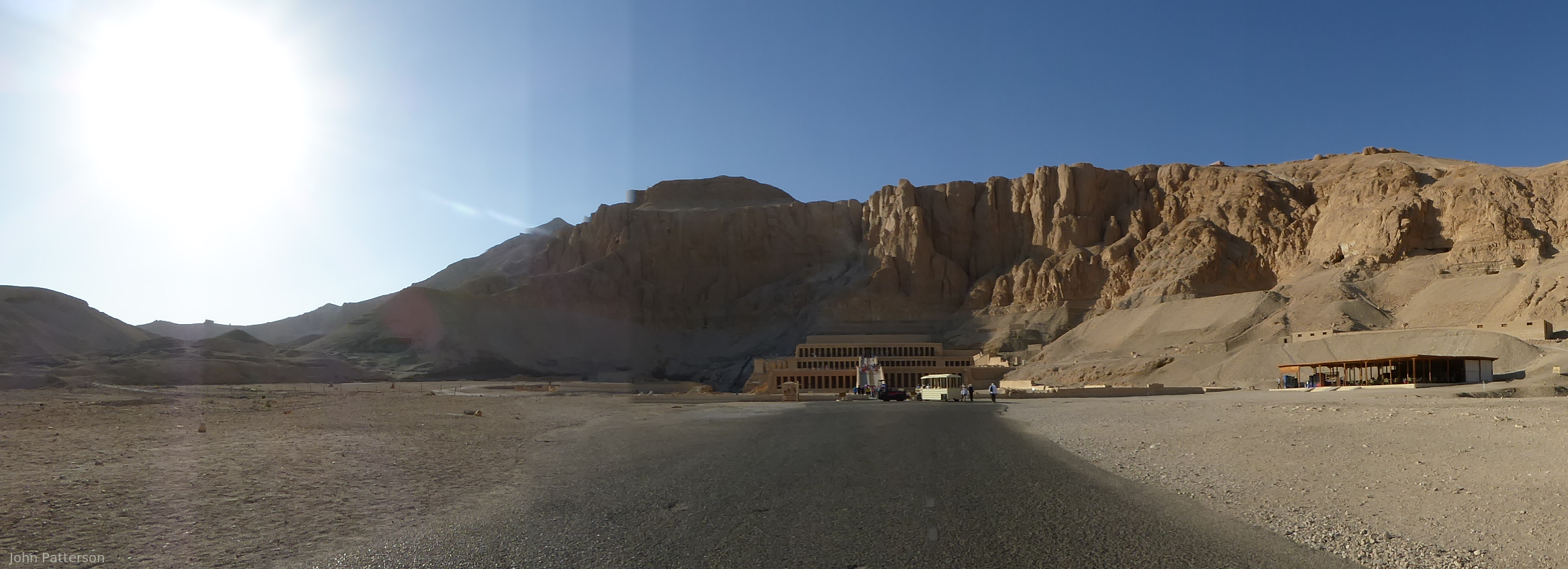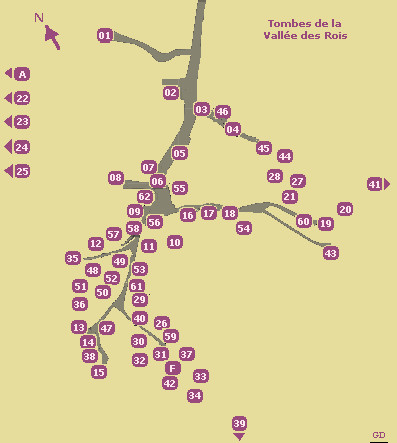“Literacy in Deir el-Medina: Signs, Marks and Tallies” Daniel Soliman
At the beginning of December Dr Daniel Soliman spoke to the Essex Egyptology Group via Zoom about his work on literacy at Deir el-Medina, a topic which he told us was very dear to him. He has mostly been using ostraca to investigate the topic – there are many that are marked with signs and tally marks rather than the hieroglyphs and other scripts that we are more familiar with. Soliman began by giving us a brief introduction to the site of Deir el-Medina, which is situated in the western Theban mountains (and he had a lovely photo of the village from an angle I’ve not seen much, clearly showing it nestled in the hills). The name, Deir el-Medina, is a modern name but the village is ancient. It was an extraordinary settlement which was founded by the state to house the workmen who worked on the royal tombs for… Read More »“Literacy in Deir el-Medina: Signs, Marks and Tallies” Daniel Soliman


